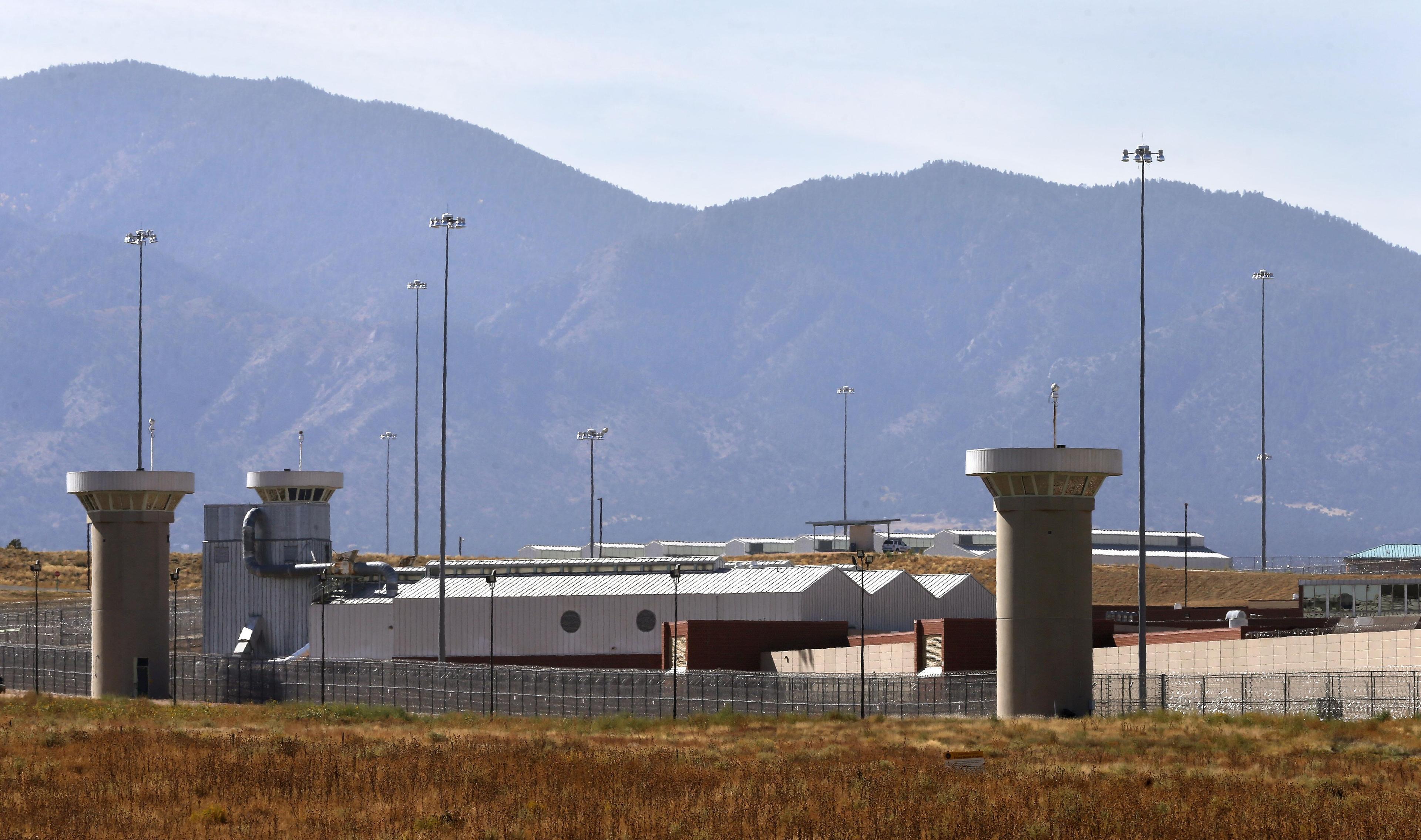
COVID-19 metrics are up across the board and new versions of the virus keep showing up in Colorado.
State health officials in a briefing Thursday said the uptick is smaller than previous waves and part of what living with COVID-19 looks like.
“This is a virus that is going to be with us for a significant period of time,” said Scott Bookman, the state’s COVID-19 Incident Commander. “It will go up and it will go down.”
Still the department is urging caution and prevention. Bookman and other officials with the state health department encourage Coloradans to get vaccinated and boosted, practice social distancing and wear a mask — especially in crowded indoor places. He says the public needs to understand those things, plus rapid home tests, are the new normal.
“This virus is here to stay, and this is how we're gonna live with it,” he said.
One hundred forty-four Coloradans with confirmed COVID-19 cases are now hospitalized; that’s the highest number in two months. It’s double the number from a month ago and the most since mid-March.
That number is far below previous waves but it’s been rising for the last five weeks, and the state projects that 500 to 800 people could be in the hospital next month due to the virus, according to the latest state models. The rise will put health systems under increased “strain” and “stress,” said Dr. Rachel Herlihy, the state epidemiologist.
News of the new surge comes after the state health system has faced two pandemic years, plus two tall and daunting waves caused by the delta and omicron variants late last year and early in 2022.
“There's just a lot of nurses who are very tired,” said Becky Loy, a registered emergency department nurse who works for St. Anthony’s North Hospital in Westminster and UCHealth in Aurora. “It's not the best situation to be sort of facing a new front in the war when everybody really just wants a nap.”
She described the overall feeling as one of “a resigned exhaustion. Like ‘here we go again.’ I don't think any of us are looking forward to it.”
The 7-day positivity rate, the rate of positive tests, is now nearly nine percent. That’s well above the key 5 percent threshold and doesn’t include the vast majority of rapid home tests — many of which aren’t reported to the state or reflected on the state’s dashboard.
The super-transmissible B.2.12.1 omicron subvariant is thought to be fueling the growth in cases.
That variety is “increasingly becoming dominant here in Colorado and the U.S.,” said Herlihy.
The CDC’s Nowcast modeling estimates it makes up almost half of cases now circulating in the county and 44 percent in Region 8, which includes Colorado. She said state data show it’s about 40 percent of cases now.
Herlihy said the state lab has also detected several cases of a pair of strains first detected in South Africa and likely responsible for a surge and reinfections there. They’ve identified several cases of the BA.4 subvariant and one case of BA.5 and will be adding those to the state’s increasingly crowded variant dashboard.
“There is some emerging data that there does not appear to be any increase in severity associated with these newer sub variants,” said Herlihy. “So that is certainly good news.”
She said the state would be watching the new strains closely.
Meantime, boosters, or third doses, of the COVID-19 vaccine could soon be available in Colorado for 5- to 11-year-olds. Colorado Department of Public Health and Environment Deputy Director Diana Herrero said that could happen as soon as a government scientific panel recommends it and the CDC director formally approves it.
“It could be as soon as a couple of days when providers can begin offering these doses,” she said.
There are nearly 100,000 kids in that age group who are at least five months out from their second dose and eligible for a booster.
Herrero also said the state has plenty of vaccine supply for this group.
“Parents really shouldn't have an issue with being able to get those third doses for their kiddos,” she said.
Not long after Thursday’s update, the state health department extended and amended a public health order. It orders people to wear masks in certain places and situations, specifically in congregate settings like prisons and jails, and health care facilities.
It also clarifies, in accordance with CDC guidance, what kind of masks are required for all individuals in the facility as well as the COVID-19 levels that trigger the mask requirements.
Two Colorado counties (Boulder and Mineral counties) are now at the medium COVID-19 Community Level, according to the CDC, meaning they must follow the masking requirements for places that serve at-risk populations, such as homeless shelters, prisons, jails, community corrections, substance abuse and day treatment programs, and adult day centers and day programs.
A number of other counties, including most of the Front Range and mountain counties (shown below), are experiencing community transmission levels substantial or high in accordance with the CDC’s COVID Data Tracker. Starting today, counties in those levels must follow the masking requirements for health care settings. Those are defined as any "facility, office, clinic, or other location where medical services are provided, including hospitals, ambulatory surgical centers, freestanding emergency departments, urgent care centers, clinics (including medical clinics or services in nonmedical congregate settings), doctors' offices, and non-urgent medical care structures."
See the map downloaded from the CDC site below:








